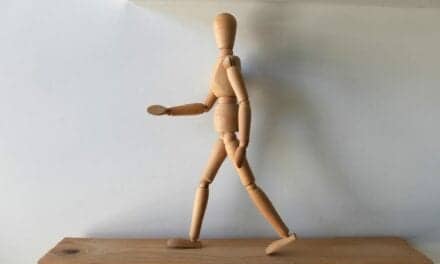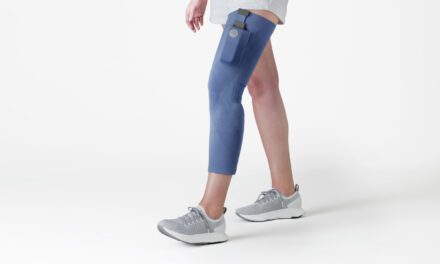Gait training using robotic exoskeletons improved motor function in adolescents and young adults with acquired brain injury, according to New Jersey-based researchers, in Applied Bionics and Biomechanics.
The authors are Kiran Karunakaran, PhD, Naphtaly Ehrenberg, MS, and Karen Nolan, PhD, from the Center for Mobility and Rehabilitation Engineering Research at Kessler Foundation, and JenFu Cheng, MD, and Katherine Bentley, MD, from Children’s Specialized Hospital. Drs. Karunakaran, Nolan, Cheng, and Bentley are also affiliated with the Department of Physical Medicine and Rehabilitation at Rutgers New Jersey Medical School.
Acquired brain injury often results in hemiparesis, causing significant deficits in balance and gait that adversely affect functional ambulation and participation in activities of daily living. Gait training using robotic exoskeletons offers an option for motor rehabilitation in individuals with hemiparesis, but few studies have been conducted in adolescents and young adults. Findings from a preliminary study in this age group show promise for this intervention, according to Drs. Karunakaran and Nolan, in a media release from Kessler Foundation.
Participants included seven individuals (aged 13 to 28 years) with acquired brain injury (ABI) and hemiparesis and one healthy control. The ABI group included individuals with brain injuries due to anoxia, trauma, and stroke. All participants received 12 45-minute sessions of high-dose, repetitive gait training in a robotic exoskeleton (EksoGT, Ekso Bionics Inc) over a 4-week period.
The gait training was administered by a licensed physical therapist supervised by a member of the research team.
“At the end of the 4-week training, participants had progressed to a more normal gait pattern, including improved loading, a longer step length and faster walking speed.”
— Kiran Karunakaran, PhD
Although results are promising, the study has limitations, including small sample size and lack of a control group.
“Further study is needed to confirm the training effect in this age group with ABI, optimal dosing for the training protocol, and the durability of functional improvements.”
— Karen Nolan, PhD
[Source(s): Kessler Foundation, Science Daily]
Related Content:
A Walk on the Wired Side
Making Strides with Gait Technology
Walk Faster and Farther Post-Stroke in a Soft Robotic Exosuit: Here’s How





